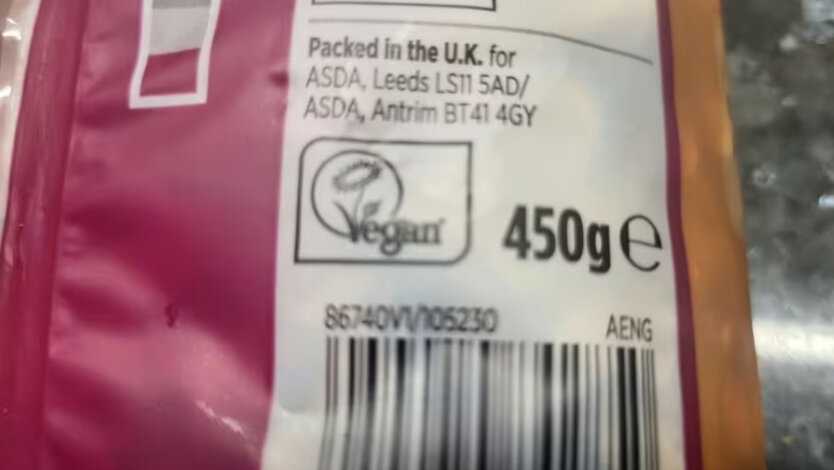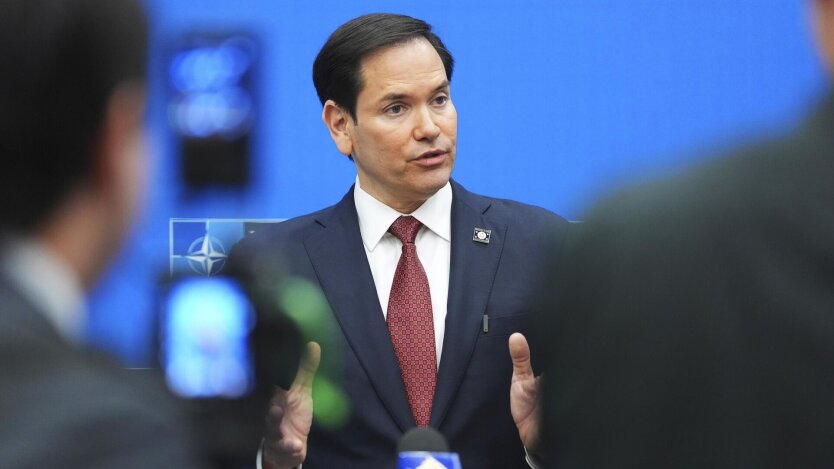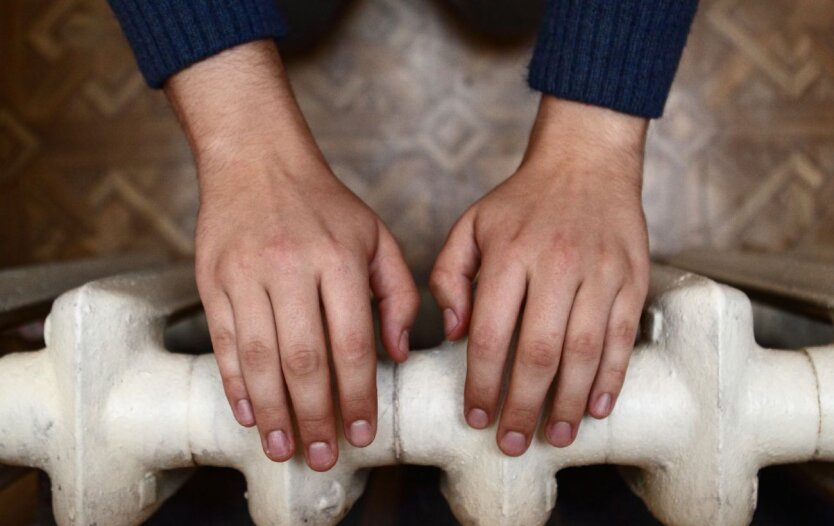Hidden meaning: why the letter "e" is printed on product packaging.


On food products sold in stores, you can always see the small letter "e". This unobtrusive detail has important significance.
This was reported by the publication Express.co.uk.
Next to the weight, barcode, and copyright logos is this small letter "e" that most shoppers don't even notice.
"More than two-thirds of the package was air - so I decided to check... First, I put the whole package of chips on the scales, and it turned out to be 157 g," she shared her experience.
The estimate (the "e" mark) is the weight of the product's content. This means that manufacturers do not weigh each pack individually but set up their production lines in such a way that the vast majority of products on average meet the weight criteria stated on the packaging.
Interestingly, the "e" mark is not mandatory for manufacturers. However, its application on the packaging provides significant advantages: it allows products to be sold in any EU country without the need to meet specific national requirements, and it also complies with general EU rules on product weight.
To ensure the accuracy of the indicated amount of product, "e"-marked packages must meet certain requirements. In particular, the average quantity of the product in packages from one batch must equal or exceed the quantity stated on the packaging.
Earlier it was reported that the rules for selling products in Ukraine will change.
Read also
- Ukrainians clarified the rules for traveling abroad with a reservation: the difference between vacation and business trip
- Tariffs rose by 50% over the weekend: Popenko explained who is inflating electricity prices for Ukrainians
- Call for Peace and Breakdown of Agreements: Rubio Makes Statement on Ukraine
- It became known about a secret network of prisons in the Russian Federation: what is happening to Ukrainians there
- The murderer of the wife and daughter of a Ukrainian soldier has already been found in Belgium: horrifying details
- Excessive meters and inflated tariffs: how Ukrainians overpay for heating










